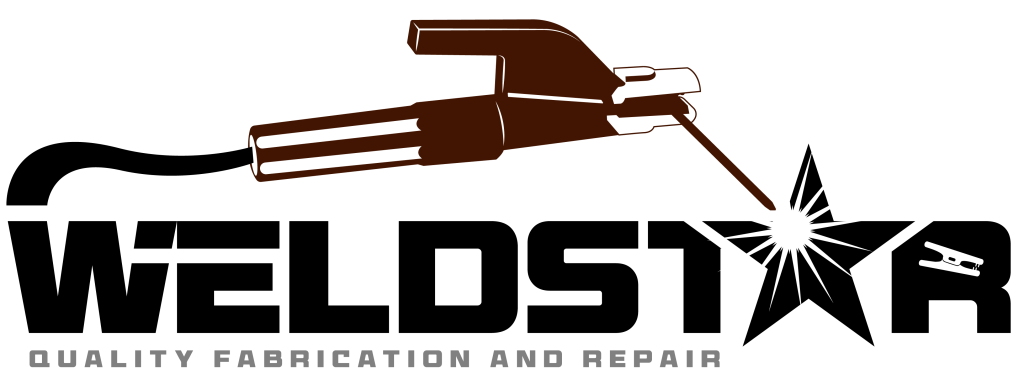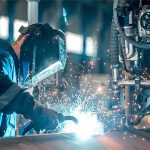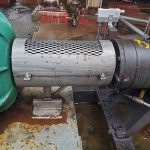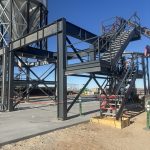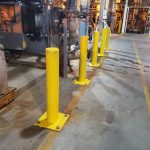Heavy machinery and equipment are essential for many industries, from construction and manufacturing to agriculture and logistics. These machines are the backbone of productivity, but the consequences can be costly when they start showing signs of wear or damage. Recognizing early warning signs can help prevent breakdowns, extend equipment life, and save your business time and money.
In this blog, we’ll explore the most common indicators that your equipment needs repairs and why addressing these issues promptly is essential.
1. Unusual Noises During Operation
Equipment should operate smoothly and consistently. If you notice grinding, squealing, or knocking sounds during use, it’s a clear sign something is wrong. These noises can indicate:
- Worn-out bearings or moving parts.
- Loose or misaligned components.
- Lack of lubrication or damage to internal systems.
2. Decreased Performance or Efficiency
A noticeable drop in performance, such as slower operations or reduced output, is a major red flag. This can manifest as:
- Delayed response times.
- Lower productivity levels.
- Difficulty completing tasks; it was previously handled with ease.
The cause may range from clogged filters to worn-out internal parts. Regular performance monitoring can help you catch these issues before they impact your bottom line.
3. Visible Signs of Wear and Tear
Always inspect your equipment visually for physical damage. Common signs include:
- Cracks or dents in the structure.
- Rust or corrosion on metal parts.
- Loose bolts or fasteners.
- Misaligned or bent components.
These seemingly minor issues can compromise structural integrity and lead to catastrophic failures if left unchecked.
4. Increased Energy Consumption
5. Fluid Leaks or Overheating
Leaks are one of the most common signs of equipment trouble. Watch for dripping oil, coolant, or hydraulic fluid, as these could indicate:
- Damaged seals or gaskets.
- Cracked hoses or fittings.
- Blockages in fluid systems.
6. Irregular Movements or Vibrations
Equipment should operate steadily. If you notice excessive shaking, jerky movements, or misalignment during operation, it’s time for an inspection. These issues often point to:
- Loose or broken parts.
- Misaligned components.
- Worn-out bearings or bushings.
7. Frequent Breakdowns
Frequent malfunctions or repairs are clear indicators that your equipment is struggling. This could mean:
- Aging components that require replacement.
- A lack of regular maintenance.
- Undiagnosed underlying issues.
If breakdowns are becoming routine, investing in more thorough repairs or considering equipment replacement may be time.
Why Timely Repairs Are Crucial
Addressing these issues as soon as they arise can prevent costly downtime and ensure your equipment operates safely. Delaying repairs can result in:
- Escalated repair costs.
- Reduced operational efficiency.
- Increased risk of accidents and safety violations.
Regular inspections and preventative maintenance are your best defenses against these risks.
Steps to Take When You Notice Issues
Here’s how to handle equipment problems effectively:
- Conduct a Thorough Inspection: Check for signs of wear, leaks, or irregularities.
- Consult a Professional: Bring in a certified expert to identify the root cause and recommend repairs.
- Schedule Repairs Promptly: Address critical issues immediately to avoid further damage.
- Plan Preventative Maintenance: Implement a maintenance schedule to catch potential problems early.
